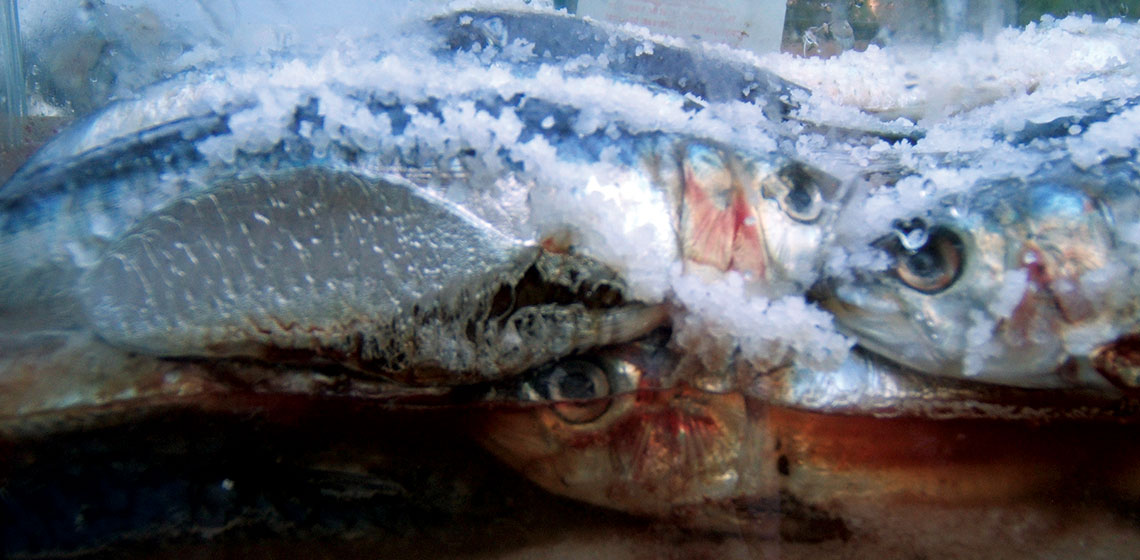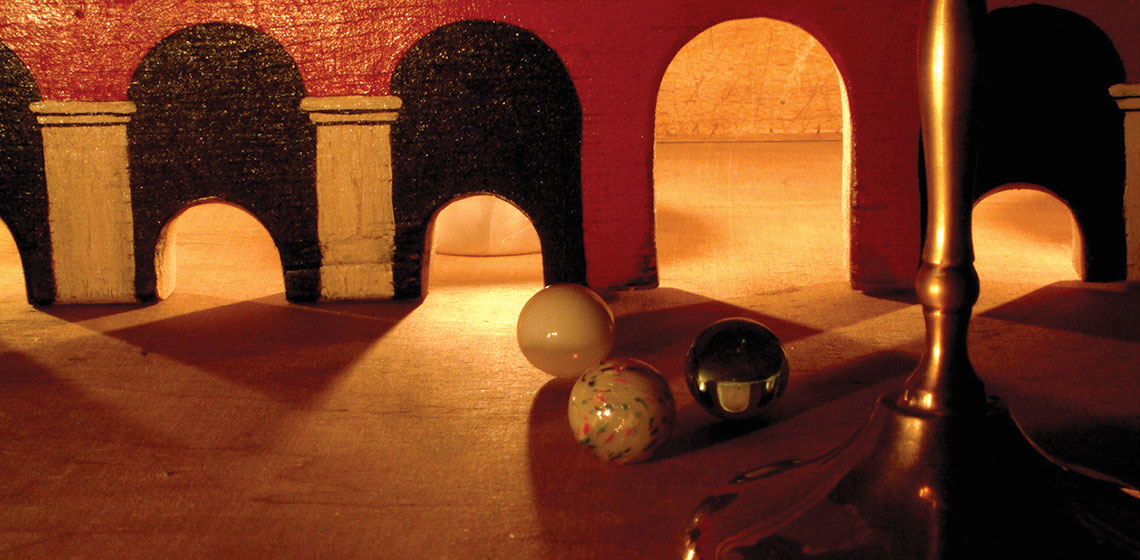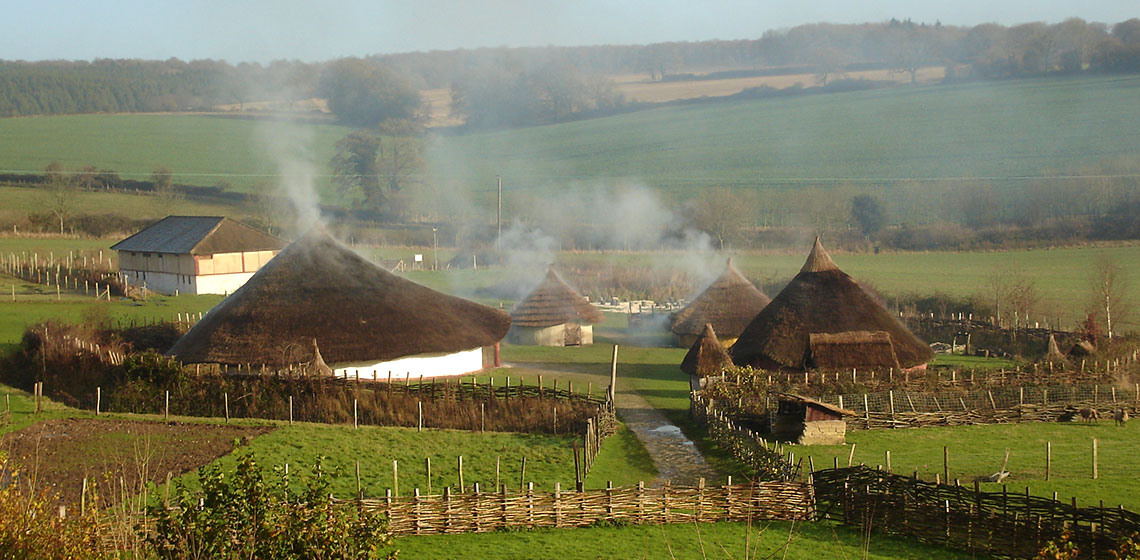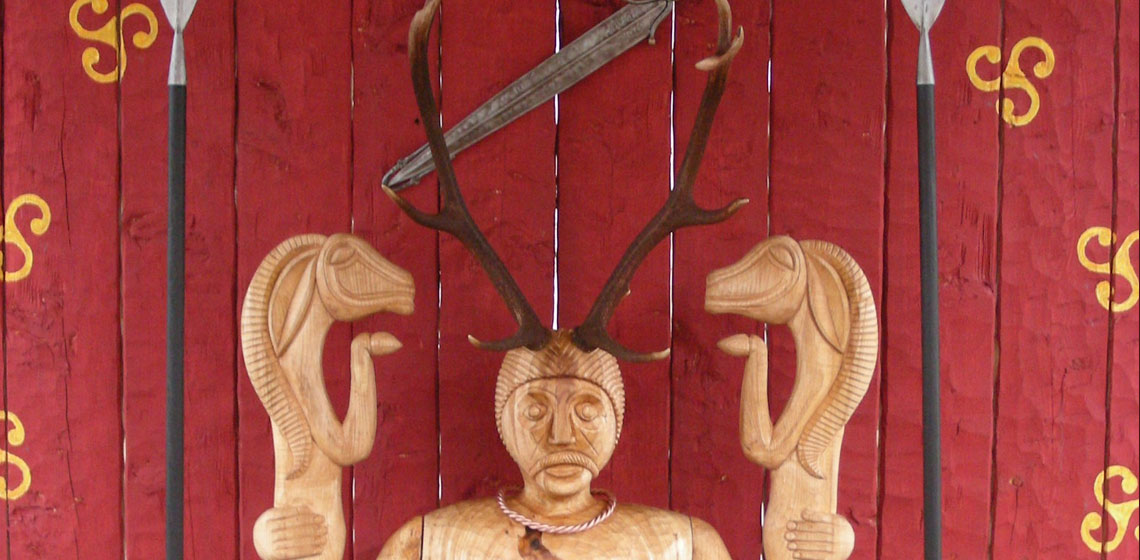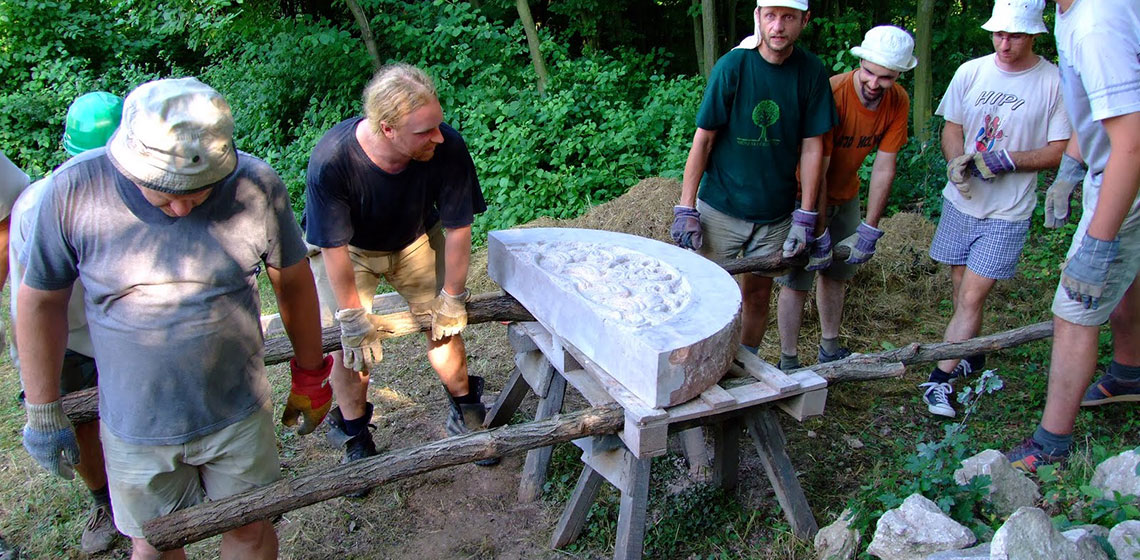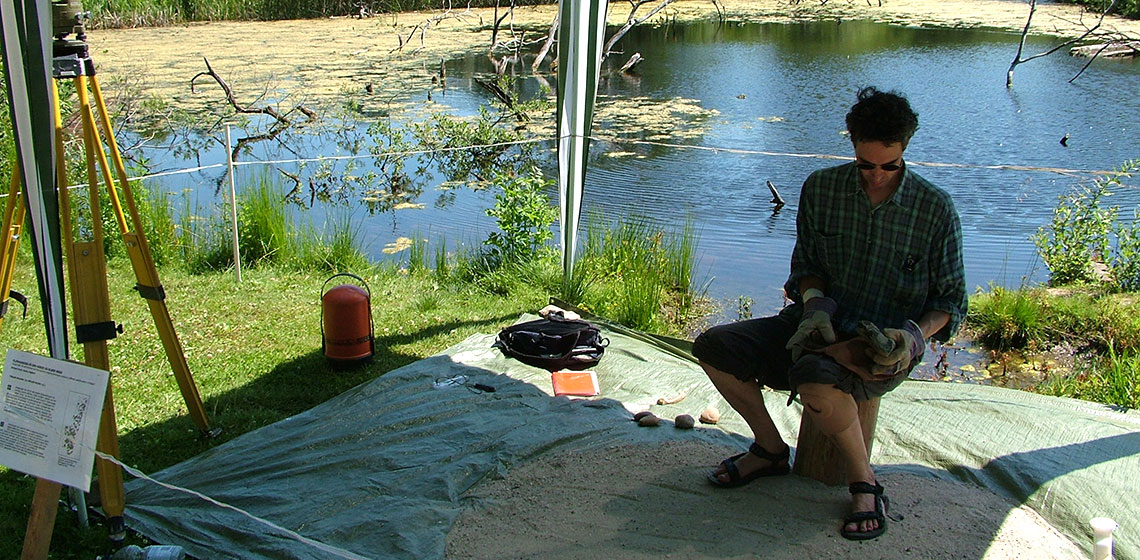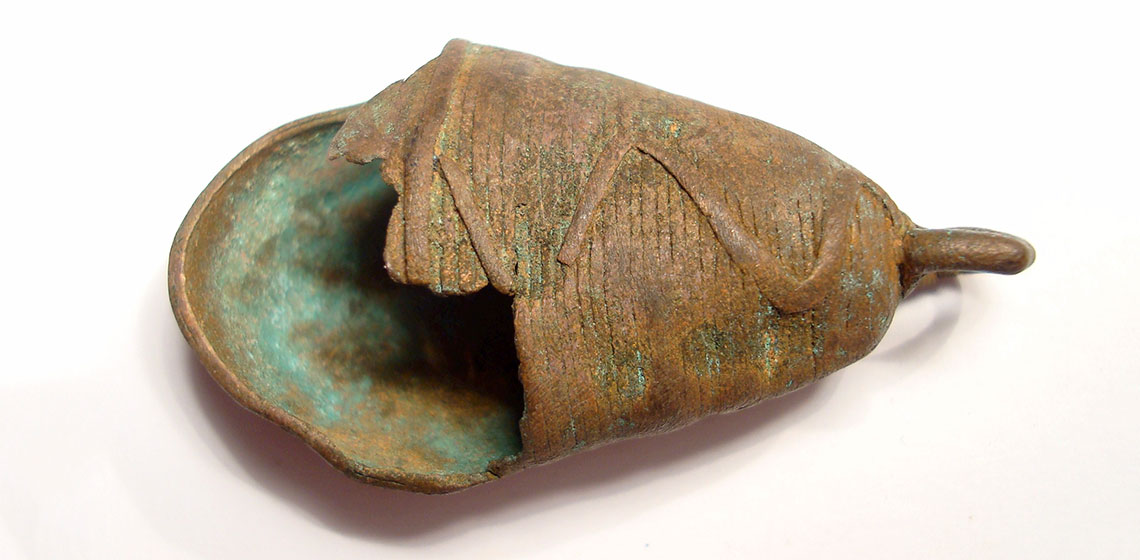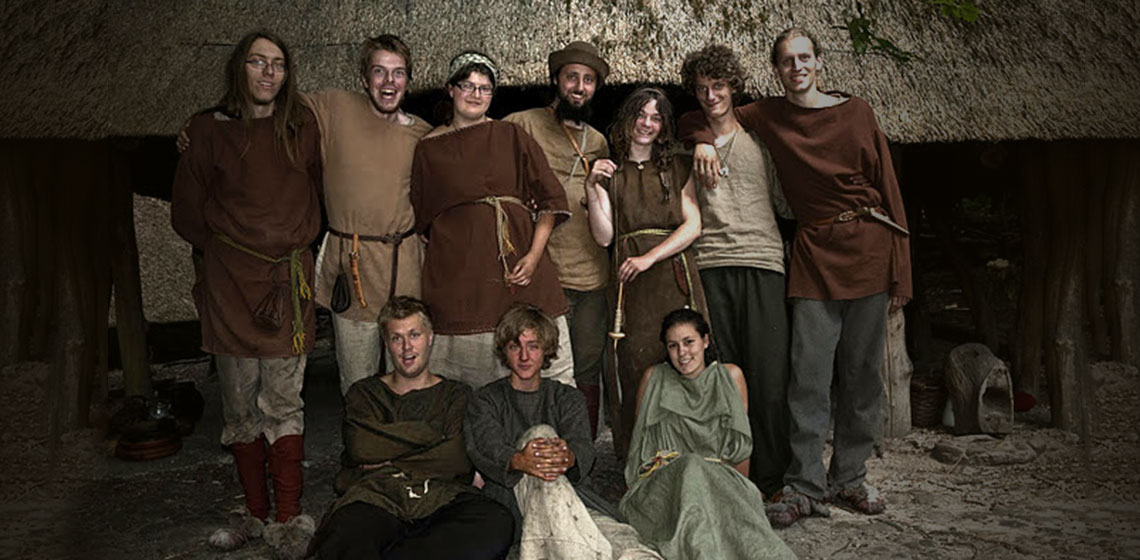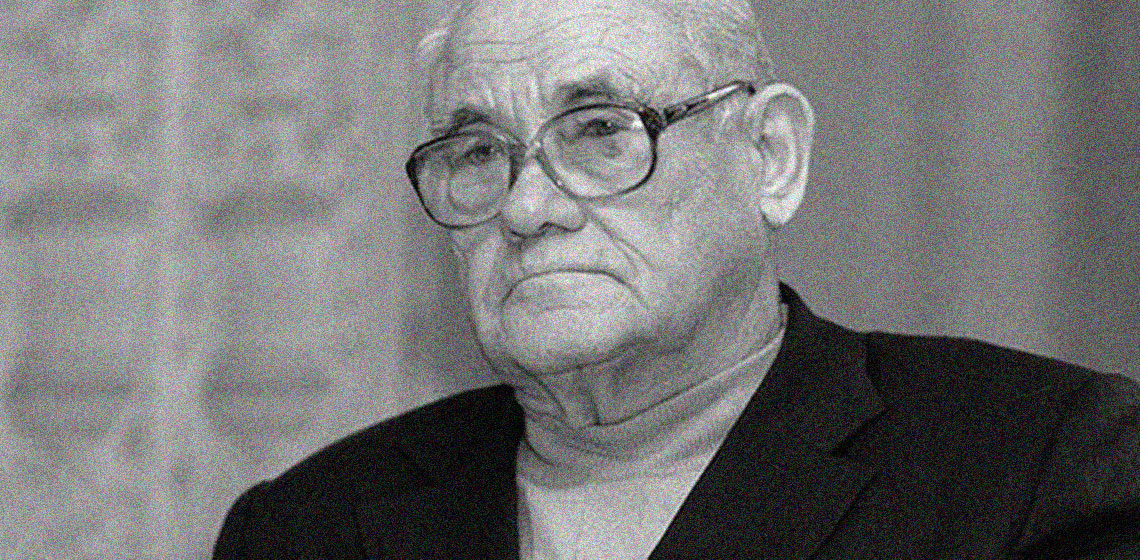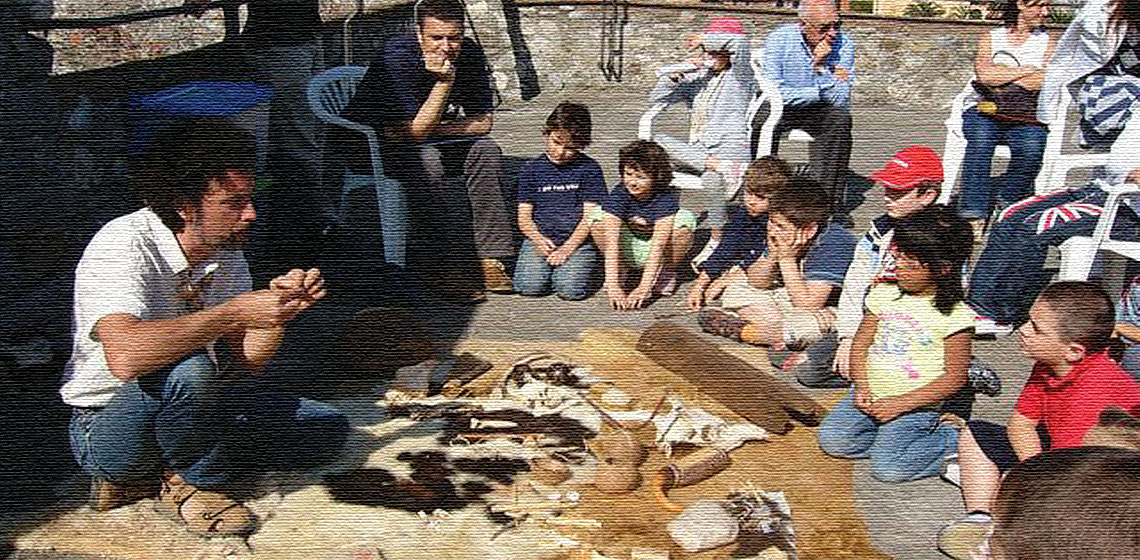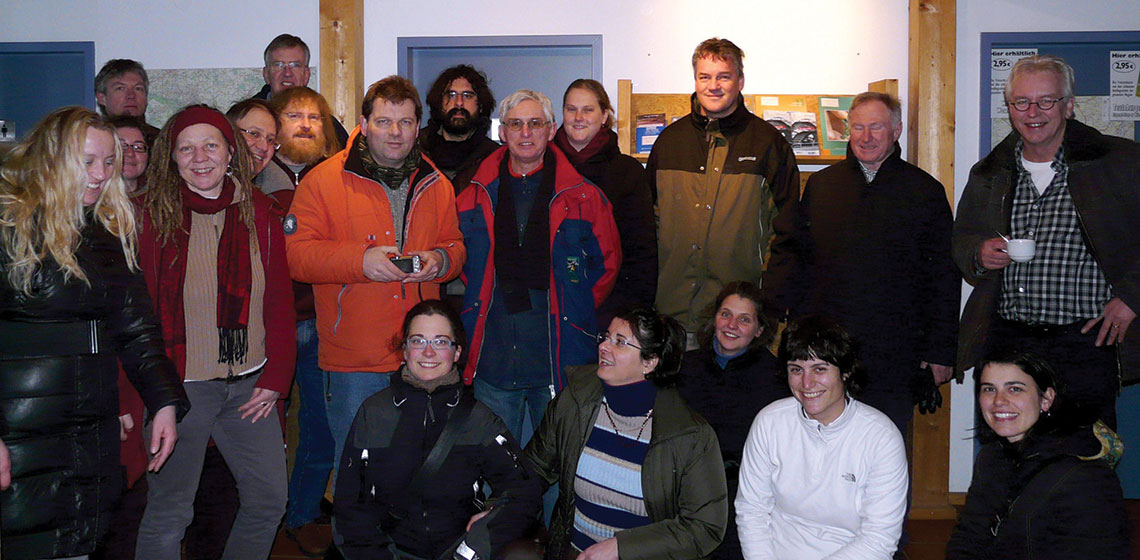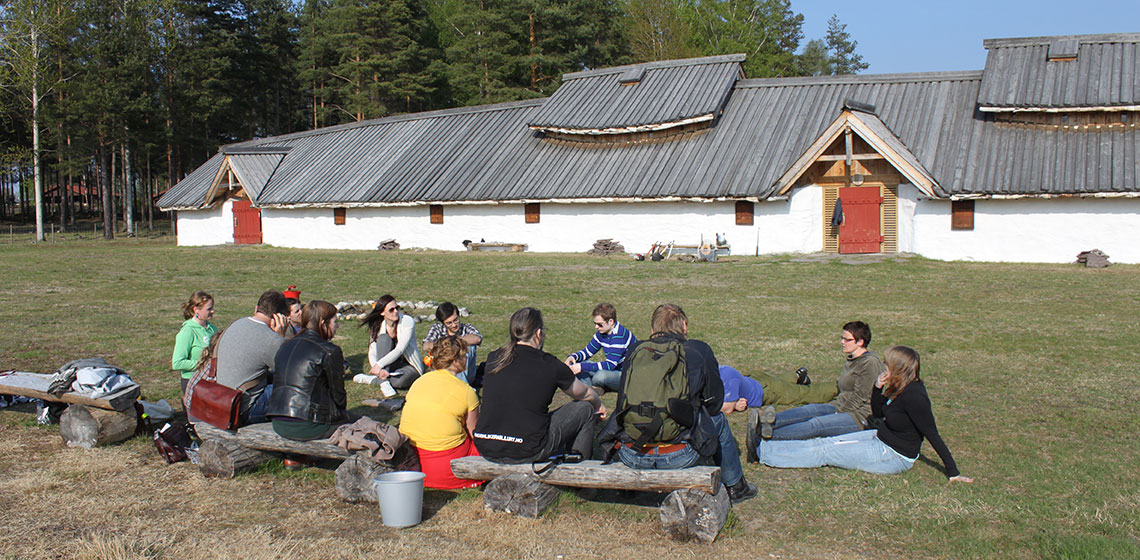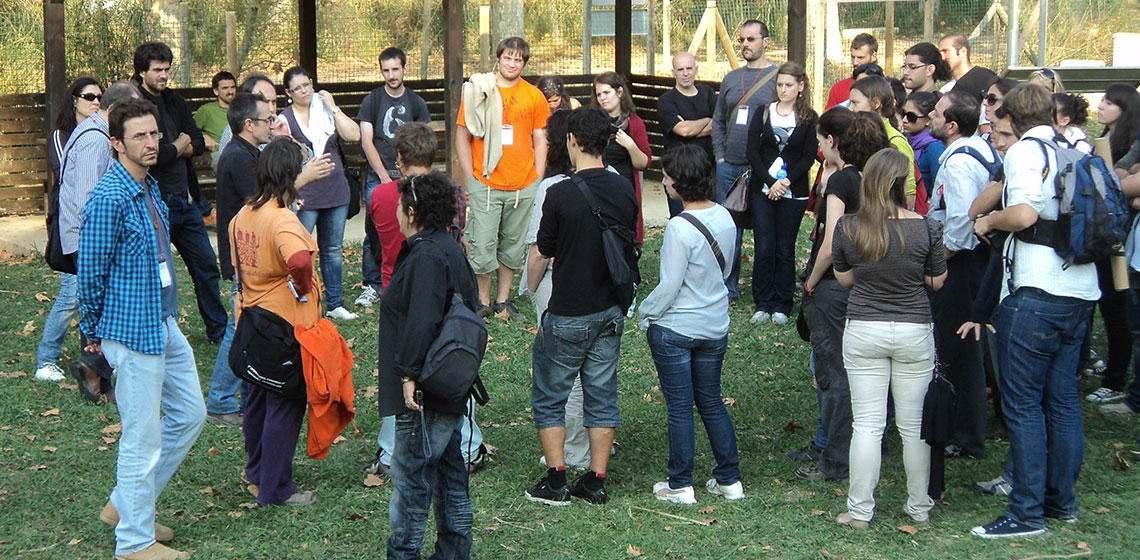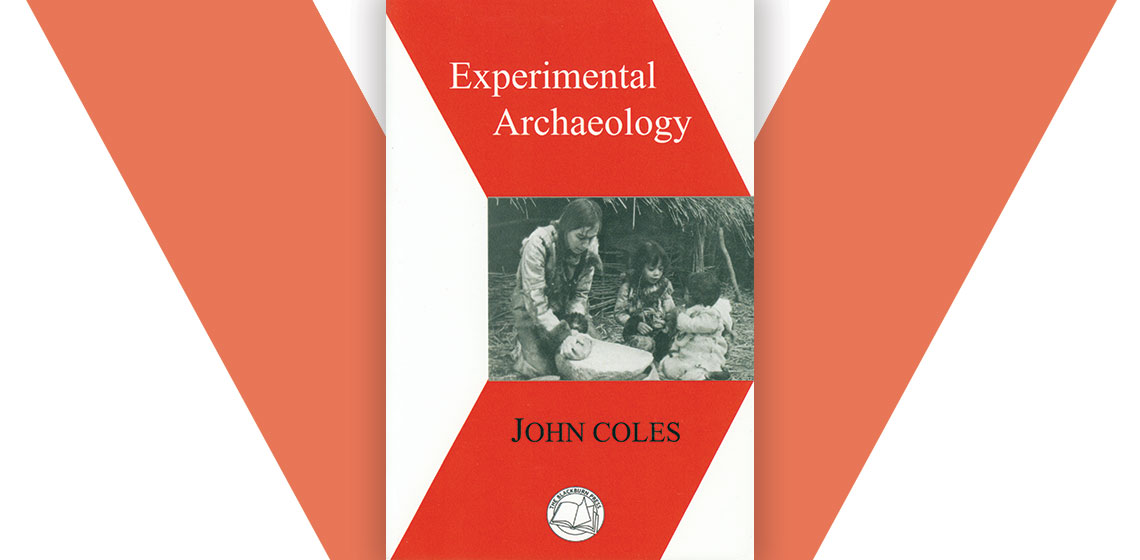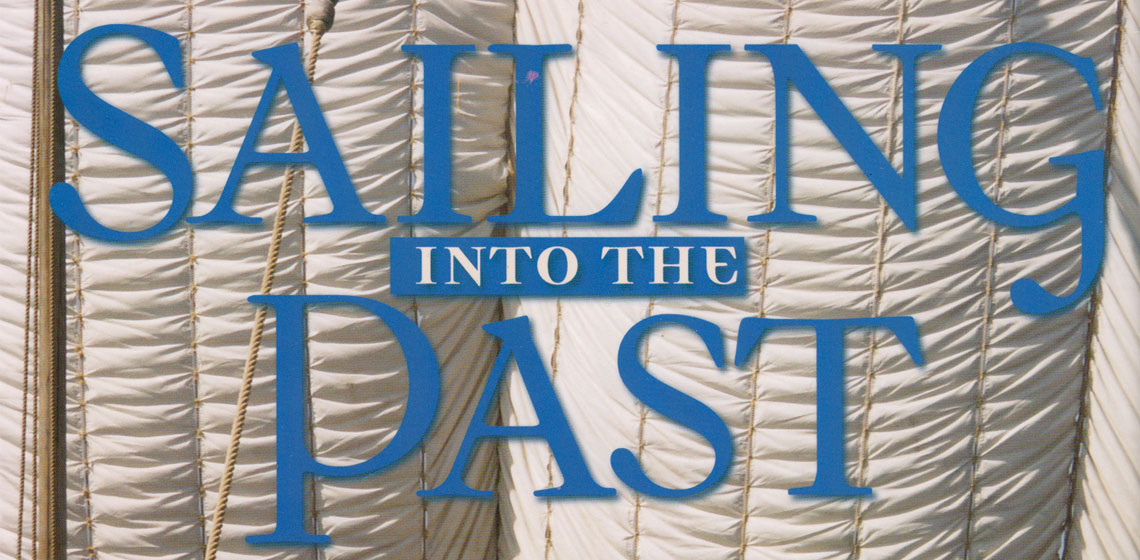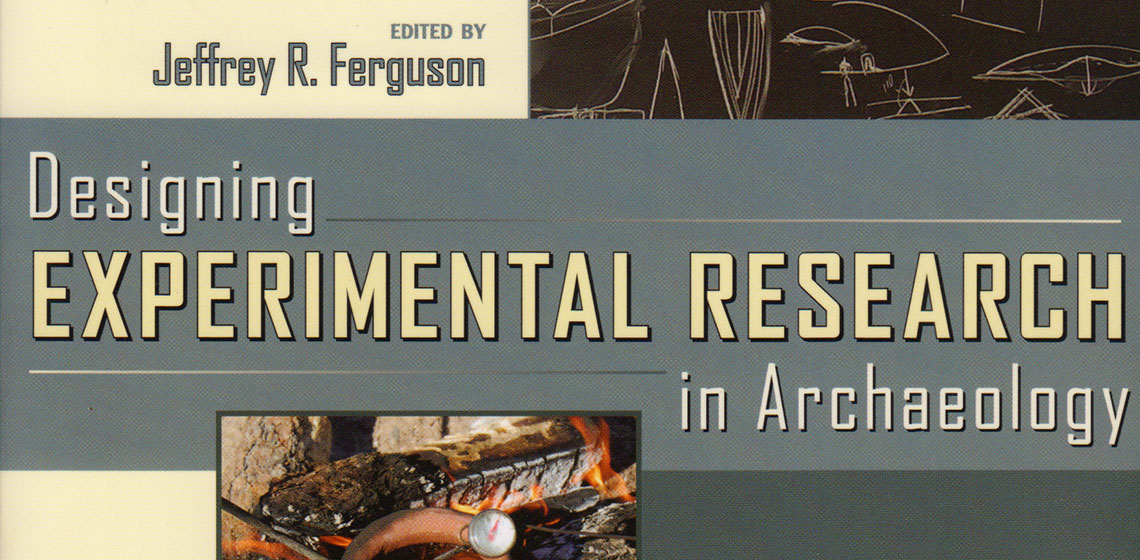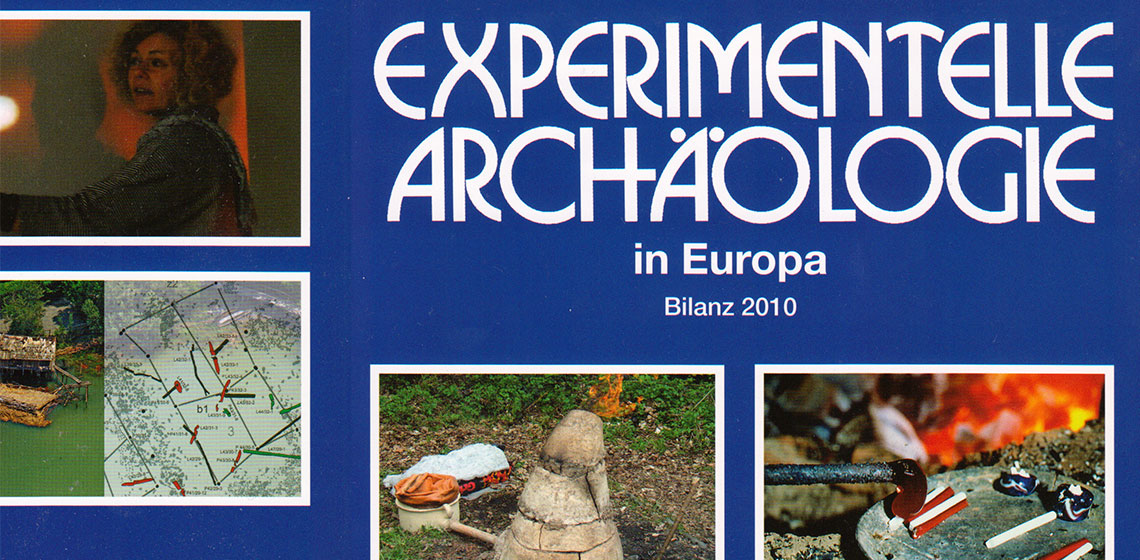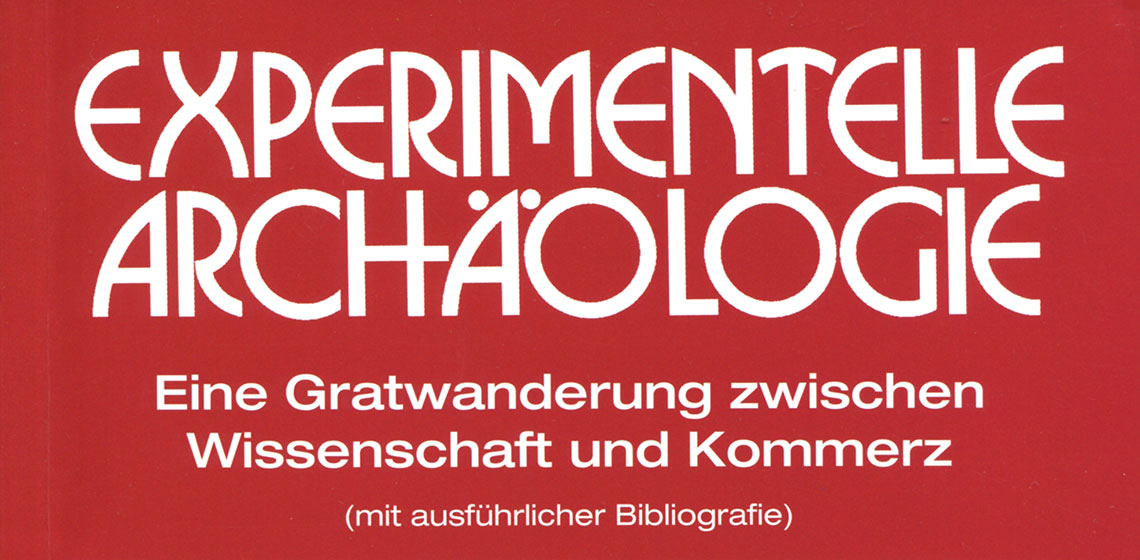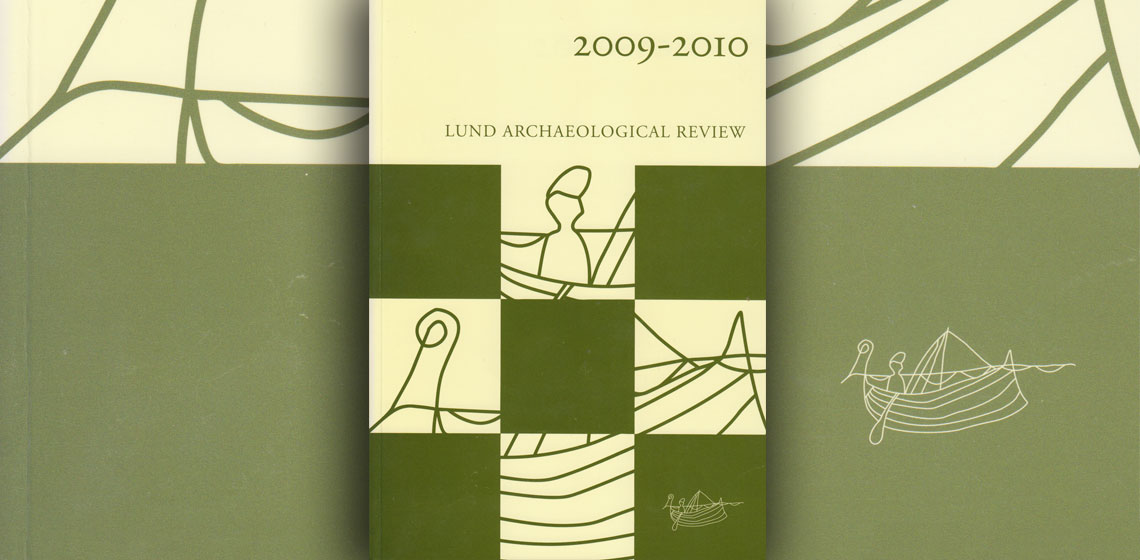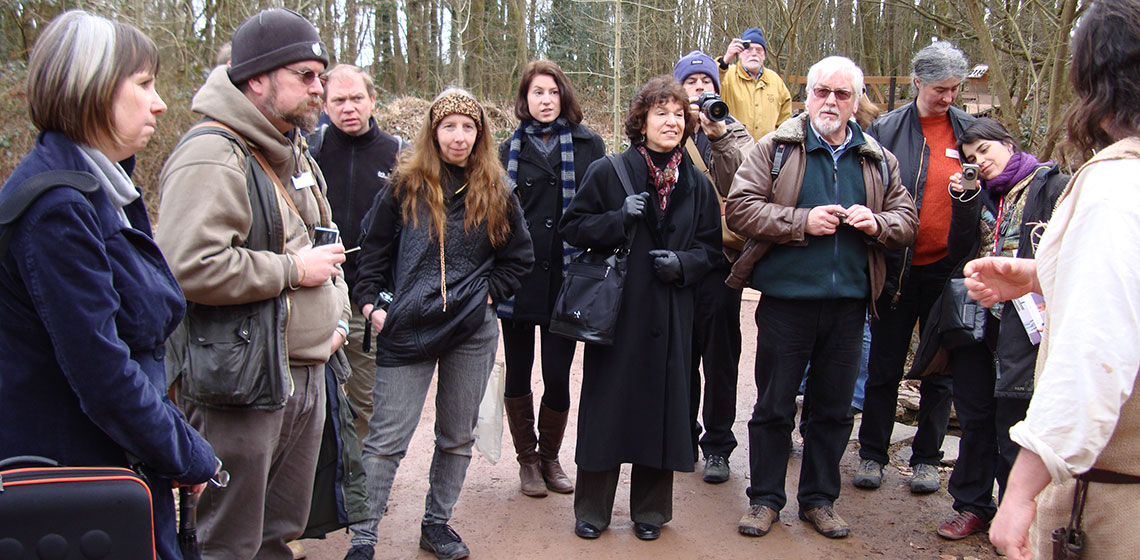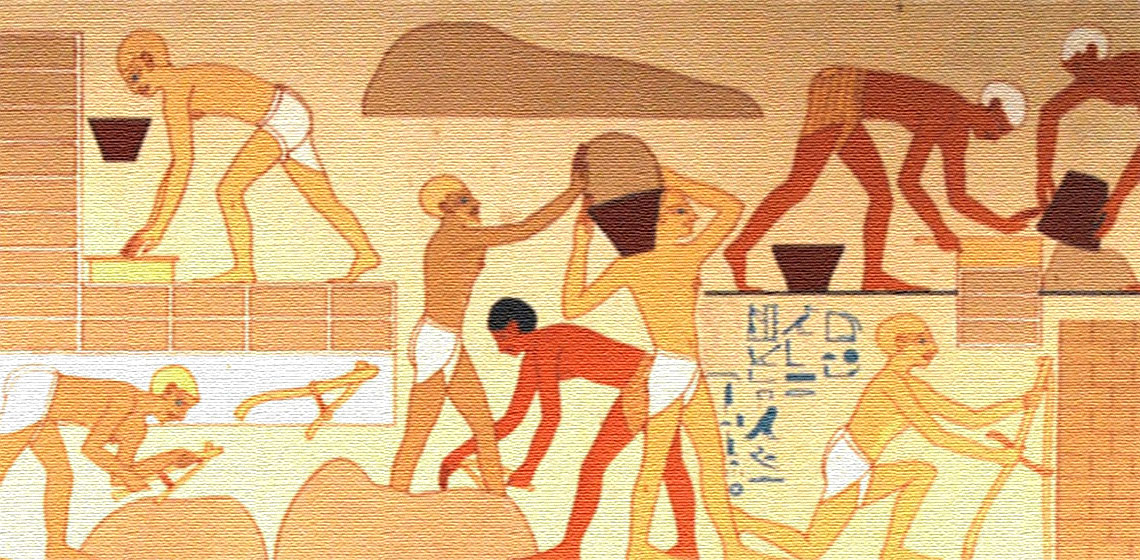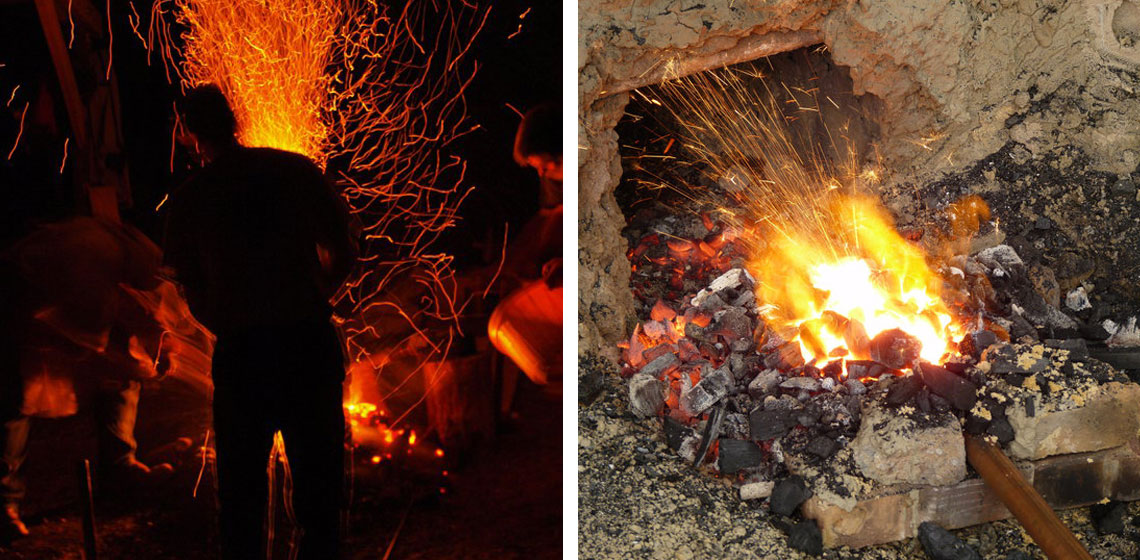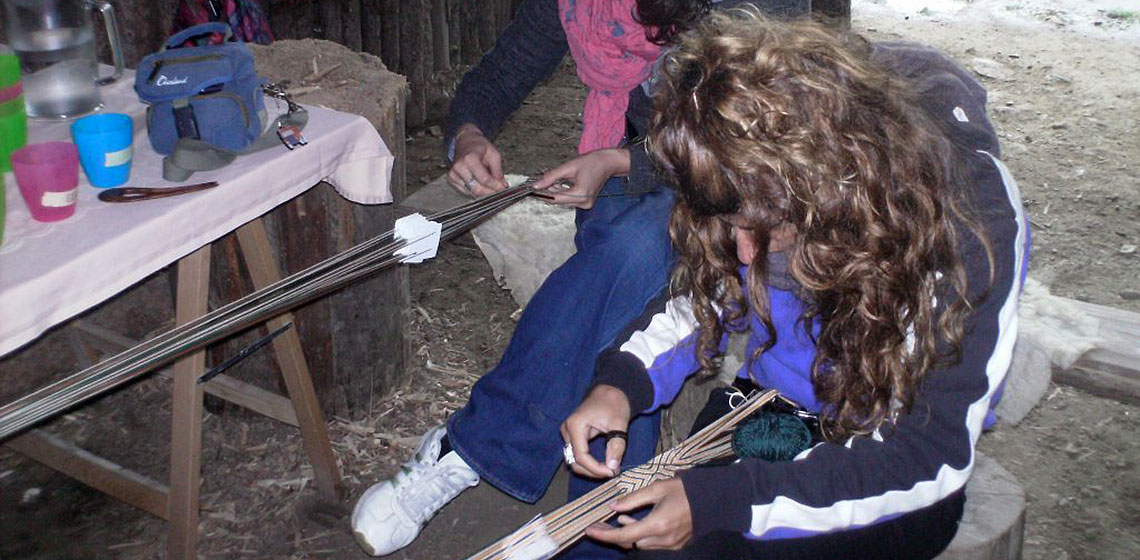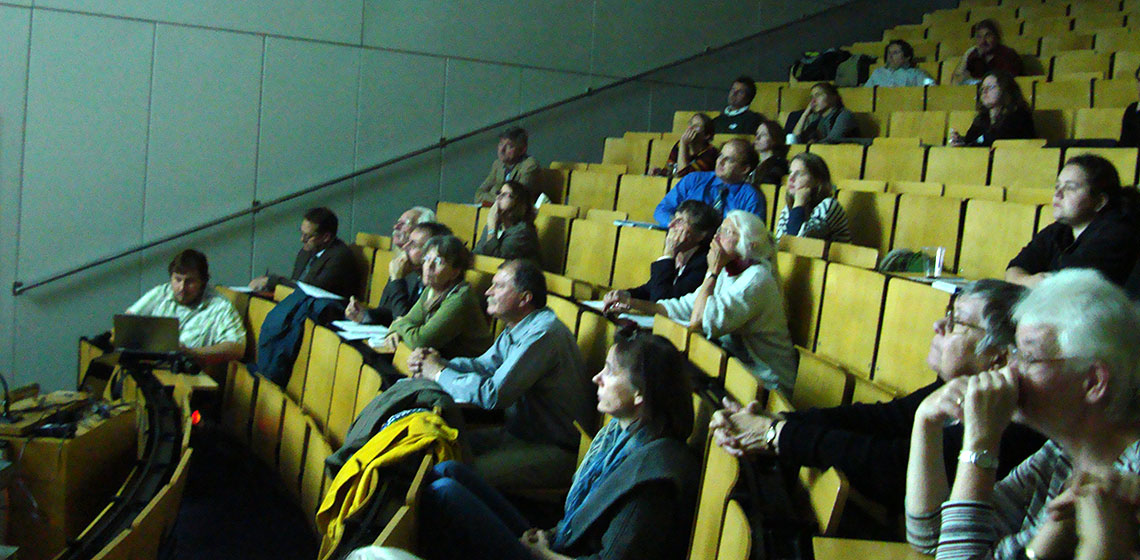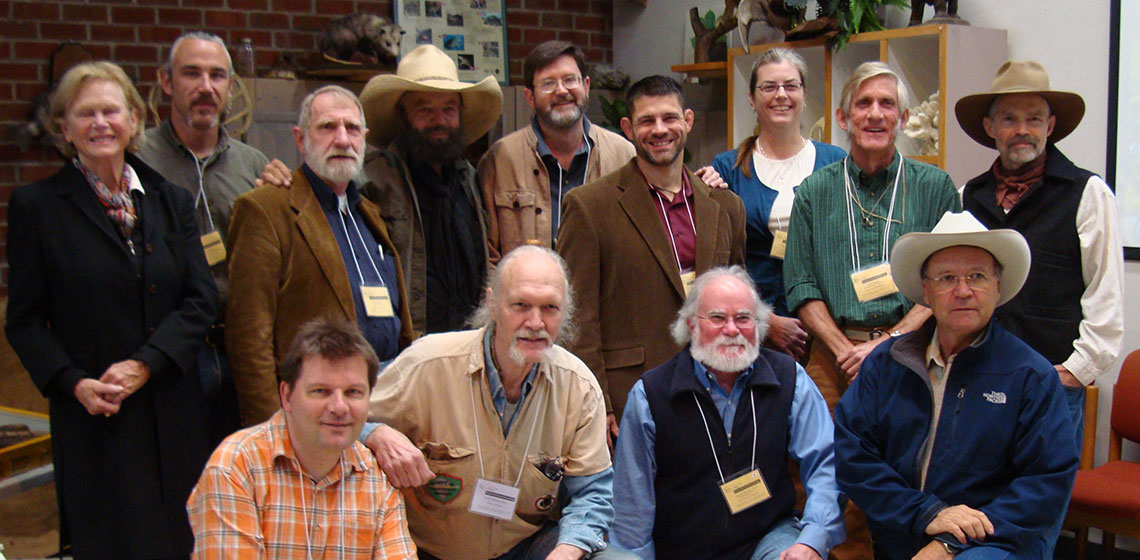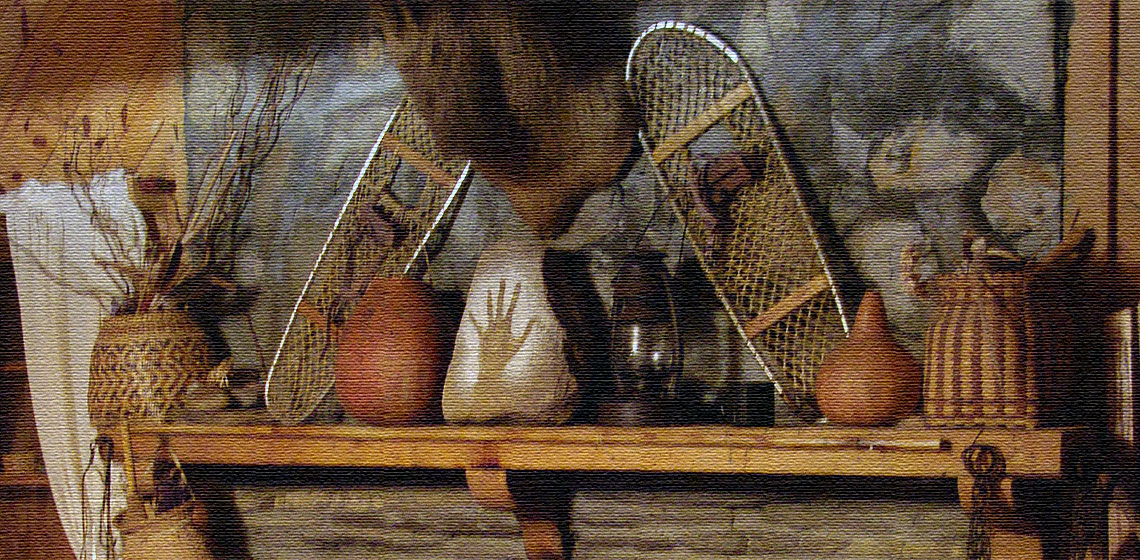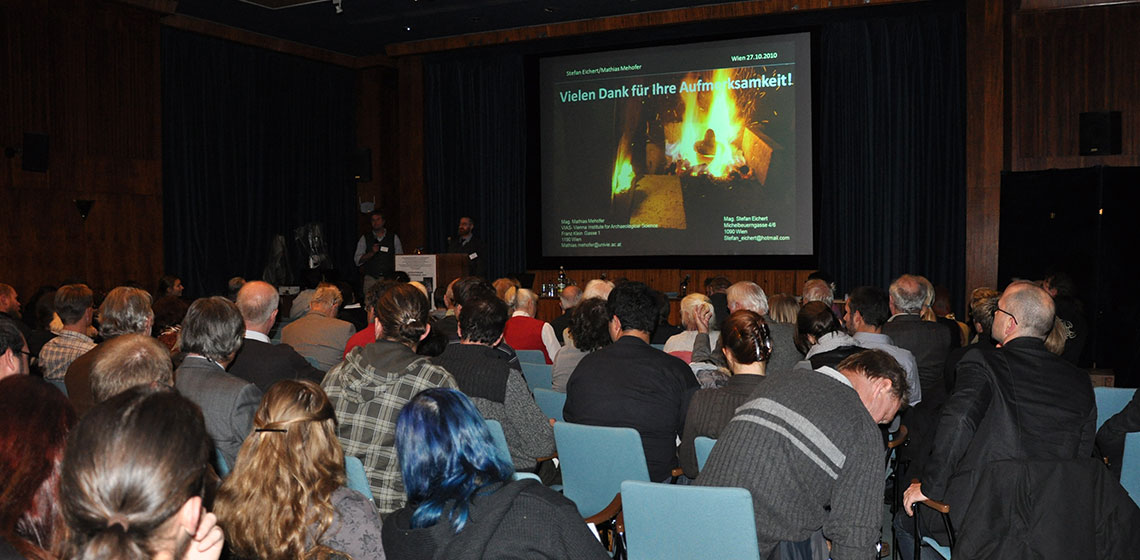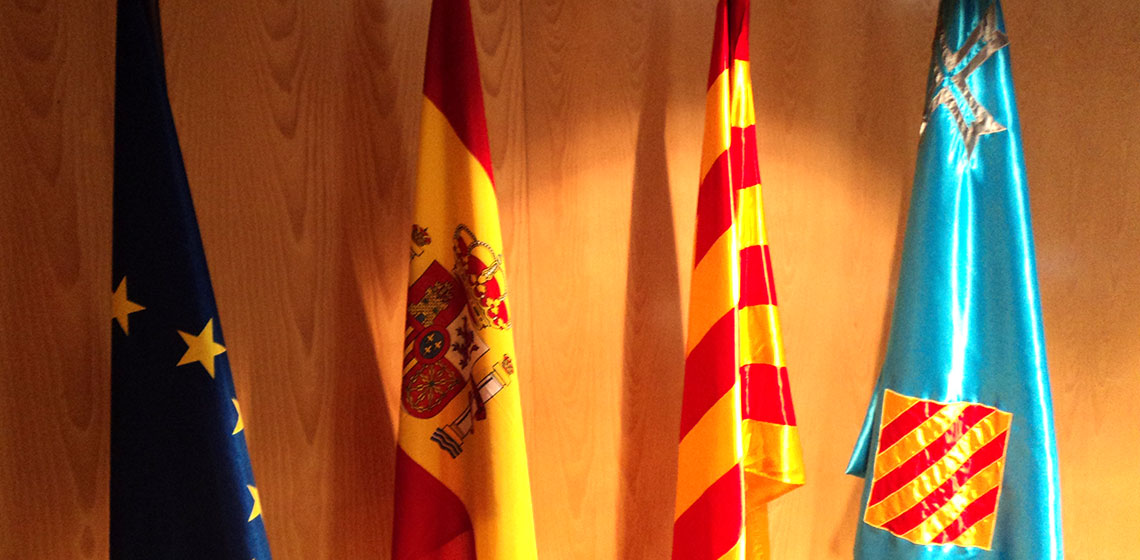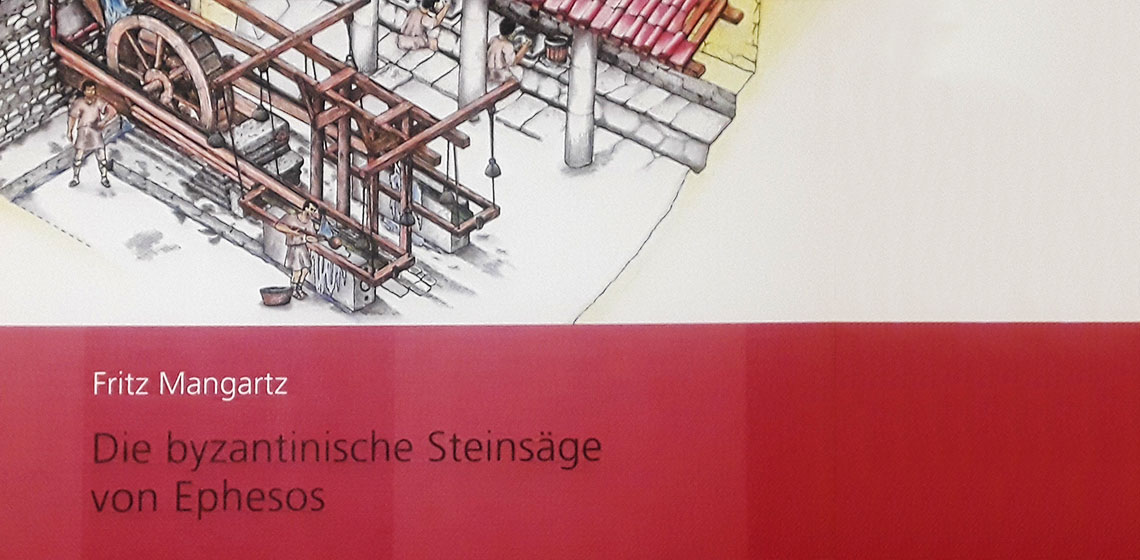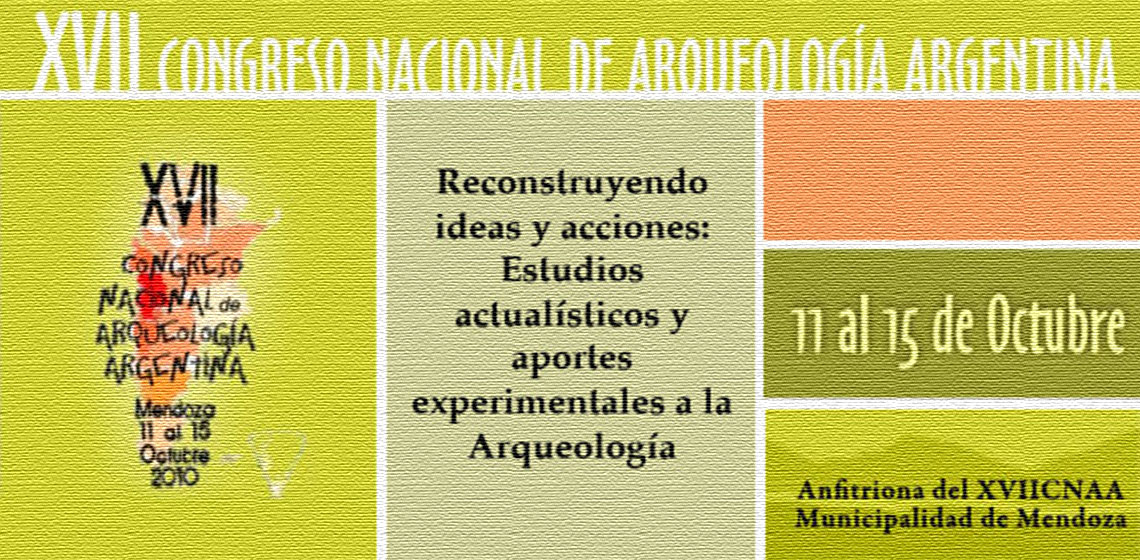EXARC Journal Issue 2012/1



34 Articles | DOAJ | Open Access
ISSN: 2212-8956
Publishing date:January 15, 2012
📄 EXARC Journal 2012/1 Table of Contents
Copyrights: EXARC, 2012
Summary
Following the 2011 Digest which was published for our members by early December, we have now published the first issue of the online EXARC Journal. It contains 11 articles on archaeological open-air museums and experimental archaeology. The third category, mixed matters is open access and contains a total of 23 articles, some of which are conference reviews or book reviews, some other refer to people and events. We hope our readers are happy with the results and wish you happy reading. There will be two more online issues of our EXARC Journal this year.
Reviewed Articles
Varus and the Lost Legions in Sagnlandet Lejre - A Re-enactment Success?
In July 2009 a battle took place in Sagnlandet Lejre, in the heart of Zealand in Denmark. The battle was a dramatized re-enactment of the historical battle of Teutoburg forest in Niedersachsen in the year 9 AD - also known as the Varus Battle. Why should such a re-enactment event take place in Denmark - over 100 kilometres from the presumed site of the historic battle?...
What’s in an Experiment? Roman Fish Sauce: an Experiment in Archaeology
In the summer of 2009 I was engaged in the preliminary preparations for extensive experiments to manufacture fish sauces for my MA dissertation in Archaeology at Reading University. In my previous research into Roman food, it was clear that it was not going to be possible to truly understand ancient cuisine without...
The Theory of the Archaeological Raft: Motivation, Method, and Madness in Experimental Archaeology
Between 1947 and 2006, nearly forty expeditions set out in recreated maritime drift vessels to demonstrate hypotheses with varying levels of relevance to archaeology and cultural diffusion. This paper divides the motivations of these expeditions into four major categories...
Presenting Medieval Gambling and Pub Life
There are many legendary games in the Middle Ages with professed losses of clothes, horses and, what is more, whole estates, and even halves of kingdoms. But was money really the most important part of gambling?...
Butser Ancient Farm
Nestled among the rolling hills of the South Downs National Park, Butser Ancient Farm in Chalton has been an archaeological research site since 1972. The farm was originally set up on Little Butser, a spur of Butser Hill. It was established with support from the Council for British Archaeology...
Roseldorf Rekonstruiert
This review concerns the article "Roseldorf rekonstruiert – Ein keltischen Heiligtums entsteht in Asparn an der Zaya" published in EuroREA 6/2009.
Left - a photo of the idol of Cernunnos placed inside the temple... But does he recognise his surroundings?
Contribution to the Medieval Building Technology Based on the Reconstruction of a Rounded Church
This article presents the experimental archaeological project to build a medieval rotunda reconstruction using rough stone building technology. Here, a medieval rotunda reconstruction is presented by contemporary building technology...
"But if you don't get any IRON..." Towards an Effective Method for Small Iron Smelting Furnaces
Building and operating a small bloomery iron furnace is certainly a wonderful public demonstration for any museum or living history site. It is however a complex technical process, with many individual factors combining for success. Over the last decade in North America, small teams of blacksmiths have developed predictable working methods through trial and much error. This direct practical experience can provide some insights into questions that even the best researched theories may not be able to solve.
The Experiment and the Umbrella - 10 Years of Experimental Archaeology
Anatomy of Prehispanic Bells - Study of an Ancient Lost Process
The elaboration of bells in the Prehispanic Era was of great importance due to the special meaning attributed to them in religious ceremonies. Today, knowledge of the techniques that were used in their fabrication is scant and lacking in detail. For that reason, the objective of the present study was to carry out a morphological study of bells from western Mexico...
WEA’s Latest Life Experiment
The WEA, Society for Experimental Archaeology, is a sub-society of the NJBG, the Dutch Historical Youth Association. It is formed by youngsters aged 12 to 26 who enjoy participating in several aspects of living history. WEA offers them a chance to learn about history, set up their own archaeological experiments, and the opportunity to participate in living history for example by learning a...



